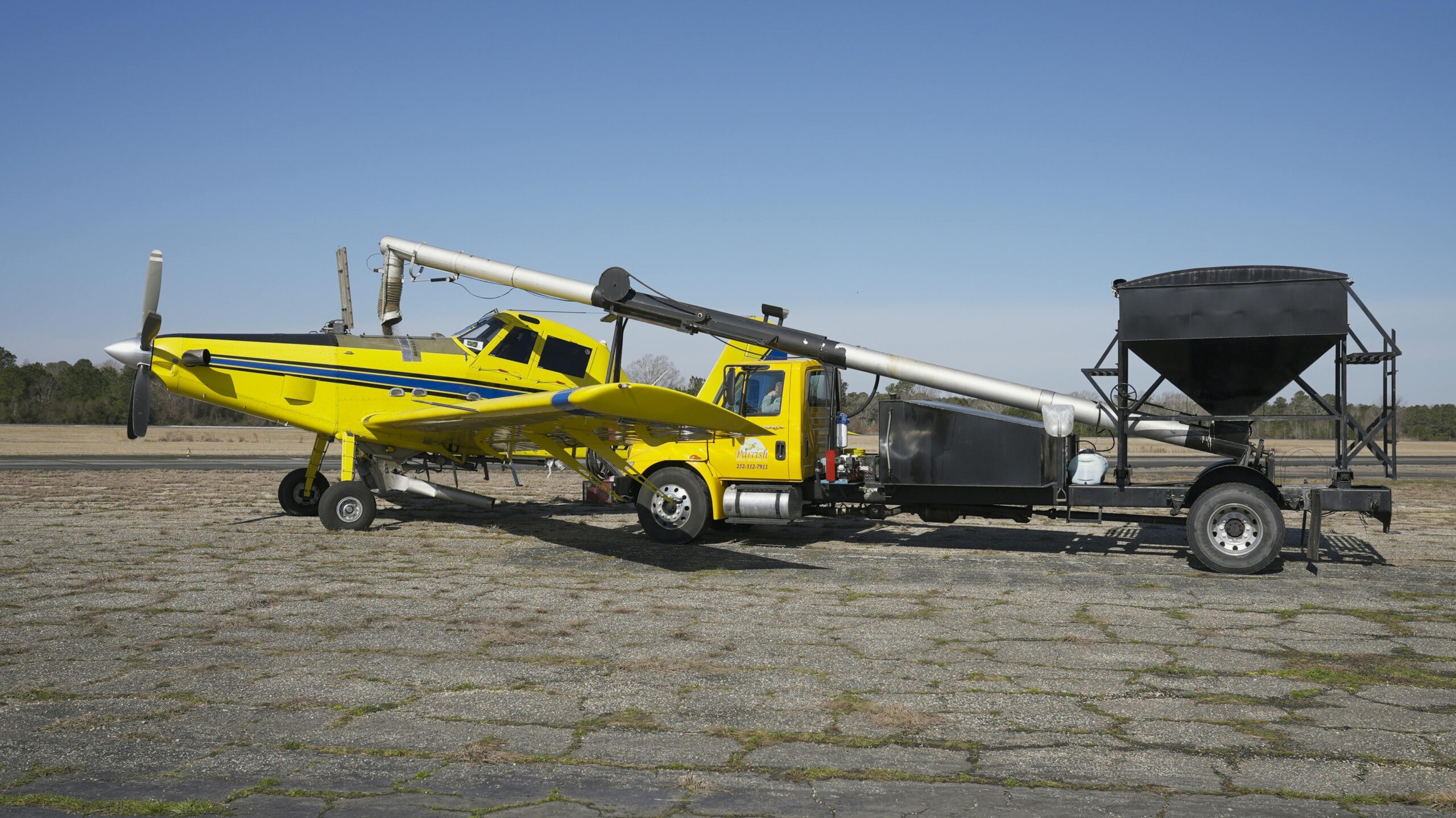AI Applications in Farming: The agricultural sector has witnessed a seismic shift in recent years, thanks to the integration of Artificial Intelligence (AI). From precision farming to predictive analytics, AI has unlocked new possibilities for improving productivity, reducing waste, and ensuring food security in the face of global challenges. This article explores the key applications of AI in farming and their impact on modern agriculture.
1. AI Applications in Farming: Precision Farming
Precision farming utilizes AI to optimize field management by analyzing data from various sources like sensors, drones, and satellite imagery. Farmers can make data-driven decisions about: AI Applications in Farming
- Soil health management: AI algorithms process soil data to recommend appropriate fertilizer and irrigation levels.
- Crop monitoring: Machine learning models identify areas needing attention, such as those affected by pests or diseases.
- Yield forecasting: AI predicts crop yields based on historical data, weather patterns, and soil conditions.
By tailoring interventions to specific areas, precision farming minimizes resource wastage and maximizes output.
2. AI Applications in Farming: Automated Machinery
AI-powered machinery has revolutionized the way farming operations are conducted. Some examples include:
- Autonomous tractors: Guided by GPS and AI, these machines plow, sow, and harvest crops with minimal human intervention.
- Robotic harvesters: Equipped with computer vision, these robots can identify and pick ripe fruits and vegetables without damaging the produce.
- Weeding robots: AI-driven systems detect and remove weeds selectively, reducing reliance on chemical herbicides.
Such automation reduces labor costs and increases efficiency, especially for large-scale farms.
3. AI Applications in Farming: Crop and Pest Management
AI is instrumental in identifying crop diseases and managing pests effectively.
- Disease detection: AI systems, integrated with smartphone apps or drones, analyze plant images to detect diseases early. For instance, computer vision models can identify leaf spots or discoloration caused by pathogens.
- Pest monitoring: AI-powered sensors detect pest activity in real-time, enabling targeted pest control measures. Predictive analytics help anticipate pest outbreaks based on environmental conditions.
This proactive approach minimizes crop loss and reduces the need for broad-spectrum pesticide application.AI Applications in Farming
4. AI Applications in Farming: Smart Irrigation Systems
Water scarcity is a pressing issue in agriculture, and AI-based smart irrigation systems address this challenge by optimizing water usage.
- Real-time monitoring: Sensors collect data on soil moisture and weather forecasts, which AI algorithms analyze to determine optimal watering schedules.
- Remote control: Farmers can control irrigation systems through mobile apps, ensuring precise water delivery to crops even from a distance.
By conserving water and maintaining soil health, smart irrigation contributes to sustainable farming practices.
5. Predictive Analytics for Farm Management
AI-driven predictive analytics empower farmers to plan better by providing insights into:
- Weather forecasts: Accurate weather predictions help farmers schedule planting, harvesting, and other critical activities.
- Market trends: AI analyzes market data to predict commodity prices, enabling farmers to make informed decisions about crop selection and sale timing.
- Supply chain optimization: AI streamlines logistics by forecasting demand and coordinating storage and transportation.
These insights lead to better resource allocation and increased profitability.
6. AI Applications in Farming: Livestock Monitoring
In animal farming, AI enhances livestock health and productivity through:
- Behavior analysis: AI-powered cameras monitor livestock behavior to identify stress, illness, or unusual activity.
- Health tracking: Wearable sensors collect data on temperature, heart rate, and movement, which AI systems analyze to detect health issues early.
- Feed optimization: AI recommends optimal feeding schedules and nutrition plans for maximum growth and yield.
These innovations improve animal welfare and reduce operational costs for farmers.
7. Sustainability and Environmental Impact
AI contributes to sustainable farming by promoting practices that reduce environmental harm:
- Carbon footprint reduction: AI tools help farmers adopt practices like no-till farming and precision fertilization, which lower greenhouse gas emissions.
- Biodiversity preservation: AI monitors ecosystems and ensures that farming activities do not disrupt local biodiversity.
- Waste reduction: By predicting demand and minimizing overproduction, AI helps reduce food waste along the supply chain.
8. Challenges and the Future of AI in Farming
Despite its immense potential, the adoption of AI in agriculture faces certain challenges:
- High costs: Advanced AI systems can be expensive, making them inaccessible to small-scale farmers.
- Data dependency: AI relies on high-quality data, which may be scarce in remote or underdeveloped areas.
- Skill gap: Farmers need training to understand and use AI tools effectively.
However, advancements in technology and government initiatives are expected to address these hurdles, making AI more accessible to farmers worldwide. In the future, AI could enable fully autonomous farms, where machines handle every aspect of cultivation, from planting to harvesting.
AI Applications in Farming: Conclusion
AI is revolutionizing farming by enabling more efficient, productive, and sustainable practices. As the agricultural sector faces growing challenges such as climate change and a rising global population, AI offers innovative solutions to meet these demands. By embracing AI, farmers can ensure a brighter and more secure future for agriculture and the planet.


 Watch
Watch
 CASUAL WEAR
CASUAL WEAR